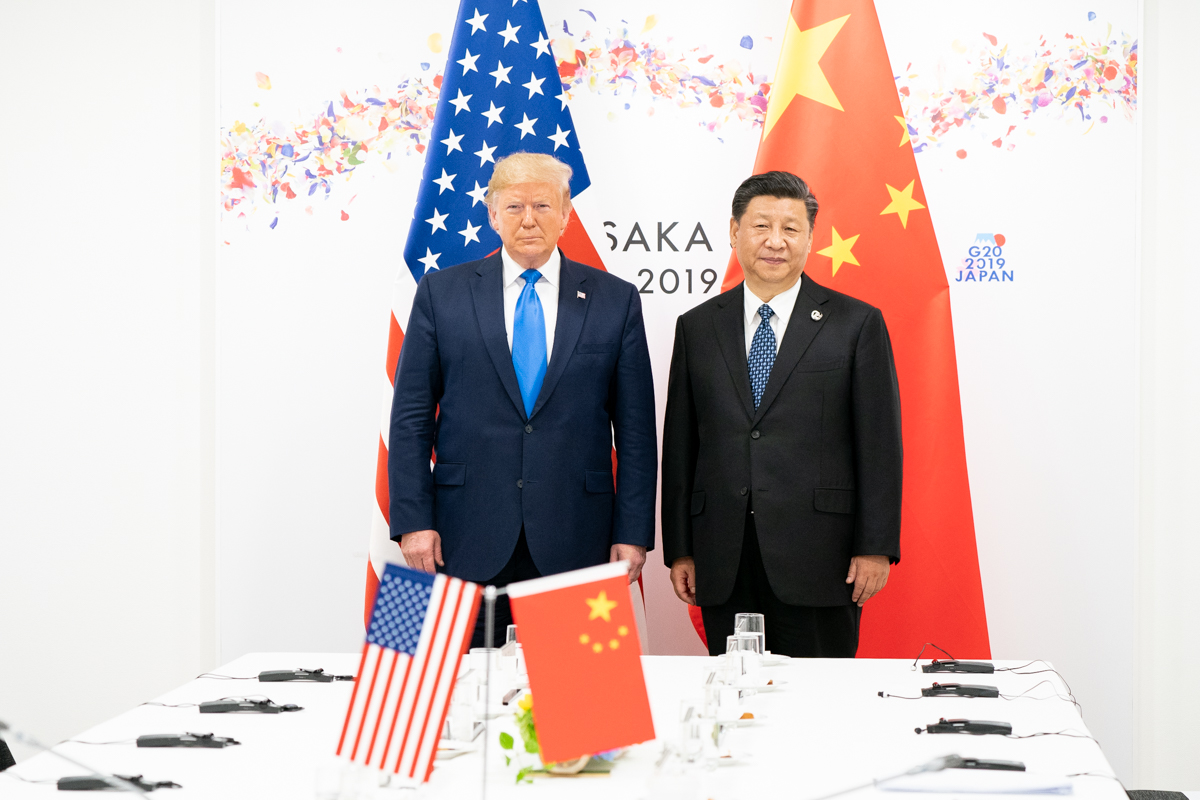Russia
Trouble in Outer Manchuria
As Moscow’s dependence on Beijing grows, the CCP has set its sights on the Russian Far East.

More than a million square kilometres of modern Russia once belonged to China. Or at least it once belonged to the Qing, the last of the region’s imperial dynasties. The territory was handed over as a result of two treaties in the late nineteenth century: just two among a long list of unequal accords inflicted on the hollowed-out Qing. Chief among the dispossessions was Outer Manchuria. This sprawling tract of land in the Eurasian far east includes Vladivostok—previously China’s “city of eternal light,” now Russia’s largest Pacific port.
The Chinese presence in Russia’s eastern territories is not just ancient history. In cities like Blagoveshchensk, most new buildings are built by Chinese companies. Locals buy Chinese electronics, eat at Chinese restaurants, and study Mandarin in their spare time. Around 300,000 ethnic Chinese have settled in Russia’s far east—an area that is home to just eight million people in total. The region is slowly acquiring a Sinic personality.
Despite these encroachments, at first glance, the Sino-Russian relationship appears tighter than ever, especially in military matters. At last week’s Washington summit, NATO allies described Beijing as a “decisive enabler” of Vladimir Putin’s war against Ukraine. Xi Jinping has long feared Euro-Atlantic unity and seeks to disrupt it whenever possible. NATO’s uncharacteristically bold declaration indicates that his meddling has produced the opposite effect. The retort from China’s Foreign Ministry was swift and followed the usual tedious script: China is actually a “defender of international order” and a “force for world peace.”

The evidence of this is not strong. Chinese companies, such as Da Jiang Innovations Science & Technology Co. (DJI), have been supplying the Russian army with drones, sometimes directly and sometimes via the United Arab Emirates. According to recently declassified US intelligence reports, a cluster of Chinese manufacturers have been aiding Putin. Dalian Machine Tool Group, Wuhan Global Sensor Technology Co., North China Research Institute of Electro-Optics, and others have provided machine tool imports for ballistic missile production and optical components for tanks. Chinese companies have also sent nitrocellulose for artillery rounds and turbojet engines for cruise missiles.
In 2023, Chinese exports of ball bearings to Russia abruptly rose by 170 percent, and to Kyrgyzstan by an astronomical 1,800 percent. As the Atlantic Council in Washington noted: “While it’s possible that Kyrgyzstan’s domestic market suddenly requires ball bearings, the much more likely explanation is that these products are immediately re-exported to Russia.” (Ball bearings are used in the manufacture of tanks.) The export to Russia of Chinese excavators, used for digging trenches, has quadrupled in two years; lorry sales, meanwhile, were seven times higher in 2023 than in 2021. There may be no missiles among the torrent of machinery and parts pouring northward, but the CCP is supporting Putin’s war in a thousand other ways.






